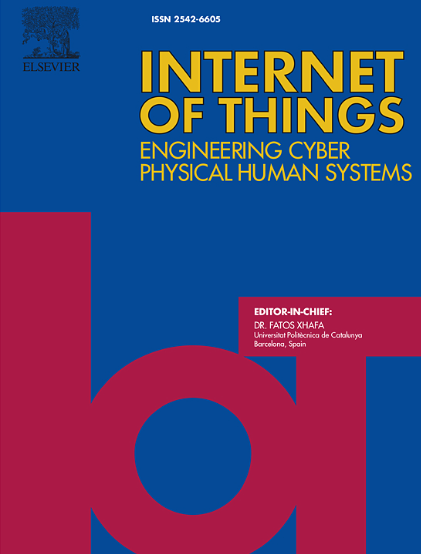An integrated IDS for the Internet of Vehicles using a Large Language Model framework
IF 6
3区 计算机科学
Q1 COMPUTER SCIENCE, INFORMATION SYSTEMS
引用次数: 0
Abstract
The Internet of Vehicles (IoV) has expanded through the integration of VANET (Vehicular Ad hoc Network) and IoT (Internet of Things) technologies within the Intelligent Transportation System domain, facilitated by the advancement of Beyond 5G communication technology. Recently, smart vehicles, such as connected vehicles, have become increasingly prevalent due to technological advancements. These vehicles engage in communication with other IoV components, rendering them susceptible to various attacks. Ensuring the security of connected vehicles is crucial to mitigate vulnerabilities within the IoV environment, as cyber–physical threats could pose life-threatening consequences. Therefore, anomaly and attack detection mechanisms are imperative to safeguard the IoV environment. This paper proposes a Generative AI-based Intelligent Integrated Intrusion Detection System tailored for IoV, considering multiple communication dimensions. Typically, attackers may target both the in-vehicle network such as CAN (Controller Area Network) BUS, and various external networks such as DSRC (Dedicated Short-Range Communication), CV2X (Cellular Vehicle-to-Everything) of smart connected vehicles. Thus, an Intrusion Detection System (IDS) focusing on multi-communication dimension attacks on smart vehicles is developed to enhance safety, thereby preventing collisions and chaos. The TON_IoT dataset and CICIoV2024 dataset are used in this study to assess the proposed approach for detecting intra and inter-vehicular network attacks. The proposed work achieves promising results, having a high accuracy of 98% with a 96% detection rate and a high F1 score of 0.97.

基于大语言模型框架的车联网集成入侵检测系统
在超越5G通信技术的推动下,通过将VANET(车辆自组织网络)和IoT(物联网)技术集成到智能交通系统领域,车联网(IoV)得到了扩展。最近,由于技术的进步,智能汽车,如互联汽车,已经变得越来越普遍。这些车辆与其他物联网组件进行通信,使其容易受到各种攻击。确保联网车辆的安全性对于减轻车联网环境中的漏洞至关重要,因为网络物理威胁可能会造成危及生命的后果。因此,异常和攻击检测机制对于保障车联网环境至关重要。本文提出了一种针对车联网的基于生成式人工智能的智能集成入侵检测系统,考虑了多个通信维度。通常情况下,攻击者可能会同时针对CAN(控制器局域网)总线等车载网络,以及智能网联车辆的DSRC(专用短程通信)、CV2X(蜂窝车联网)等各种外部网络。为此,本文开发了一种针对智能车辆的多通信维度攻击的入侵检测系统(IDS),以提高安全性,从而防止碰撞和混乱。本研究使用TON_IoT数据集和CICIoV2024数据集来评估所提出的检测车内和车际网络攻击的方法。本文的工作取得了令人满意的结果,准确率高达98%,检出率高达96%,F1得分高达0.97。
本文章由计算机程序翻译,如有差异,请以英文原文为准。
求助全文
约1分钟内获得全文
求助全文
来源期刊

Internet of Things
Multiple-
CiteScore
3.60
自引率
5.10%
发文量
115
审稿时长
37 days
期刊介绍:
Internet of Things; Engineering Cyber Physical Human Systems is a comprehensive journal encouraging cross collaboration between researchers, engineers and practitioners in the field of IoT & Cyber Physical Human Systems. The journal offers a unique platform to exchange scientific information on the entire breadth of technology, science, and societal applications of the IoT.
The journal will place a high priority on timely publication, and provide a home for high quality.
Furthermore, IOT is interested in publishing topical Special Issues on any aspect of IOT.
 求助内容:
求助内容: 应助结果提醒方式:
应助结果提醒方式:


